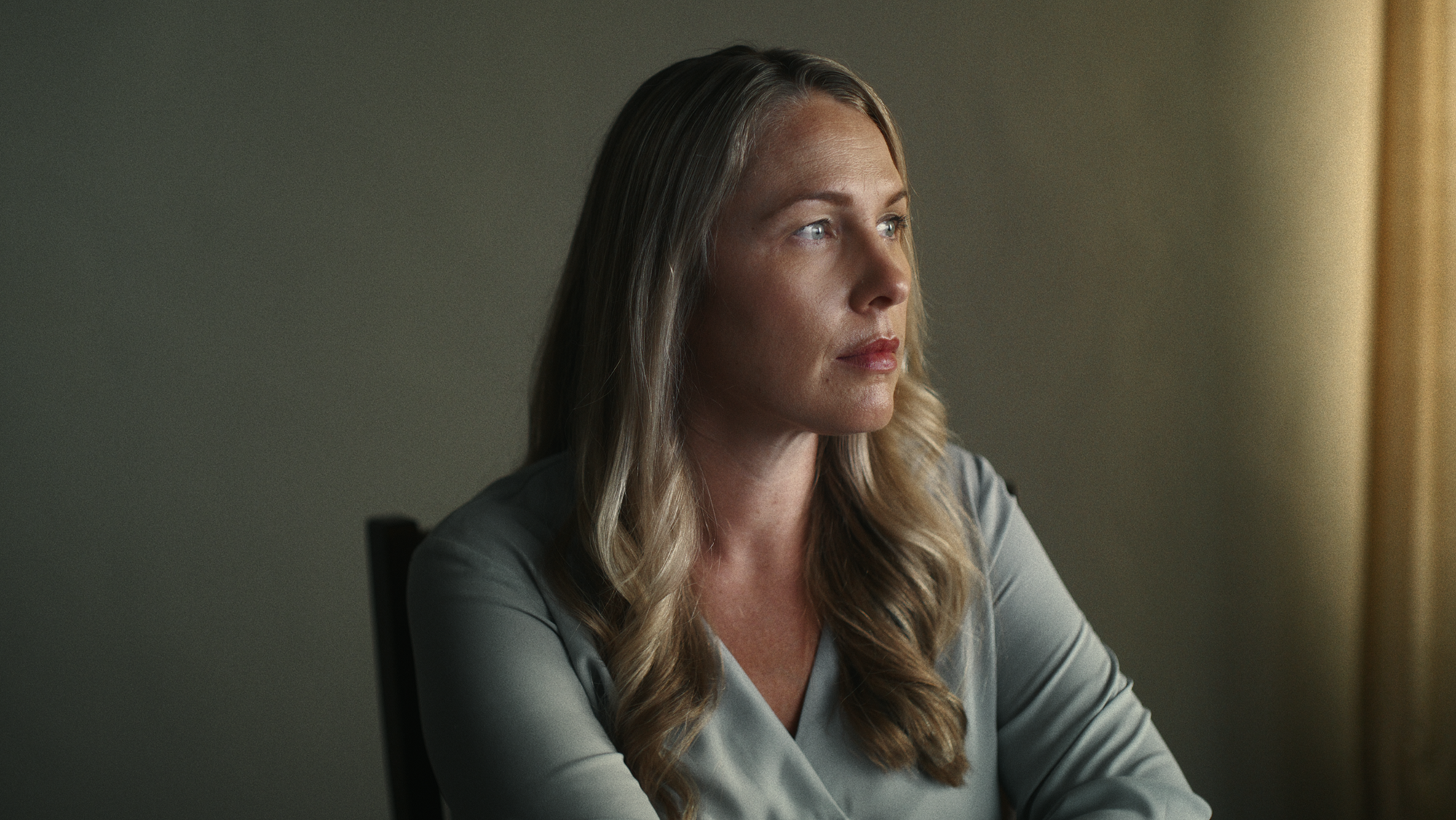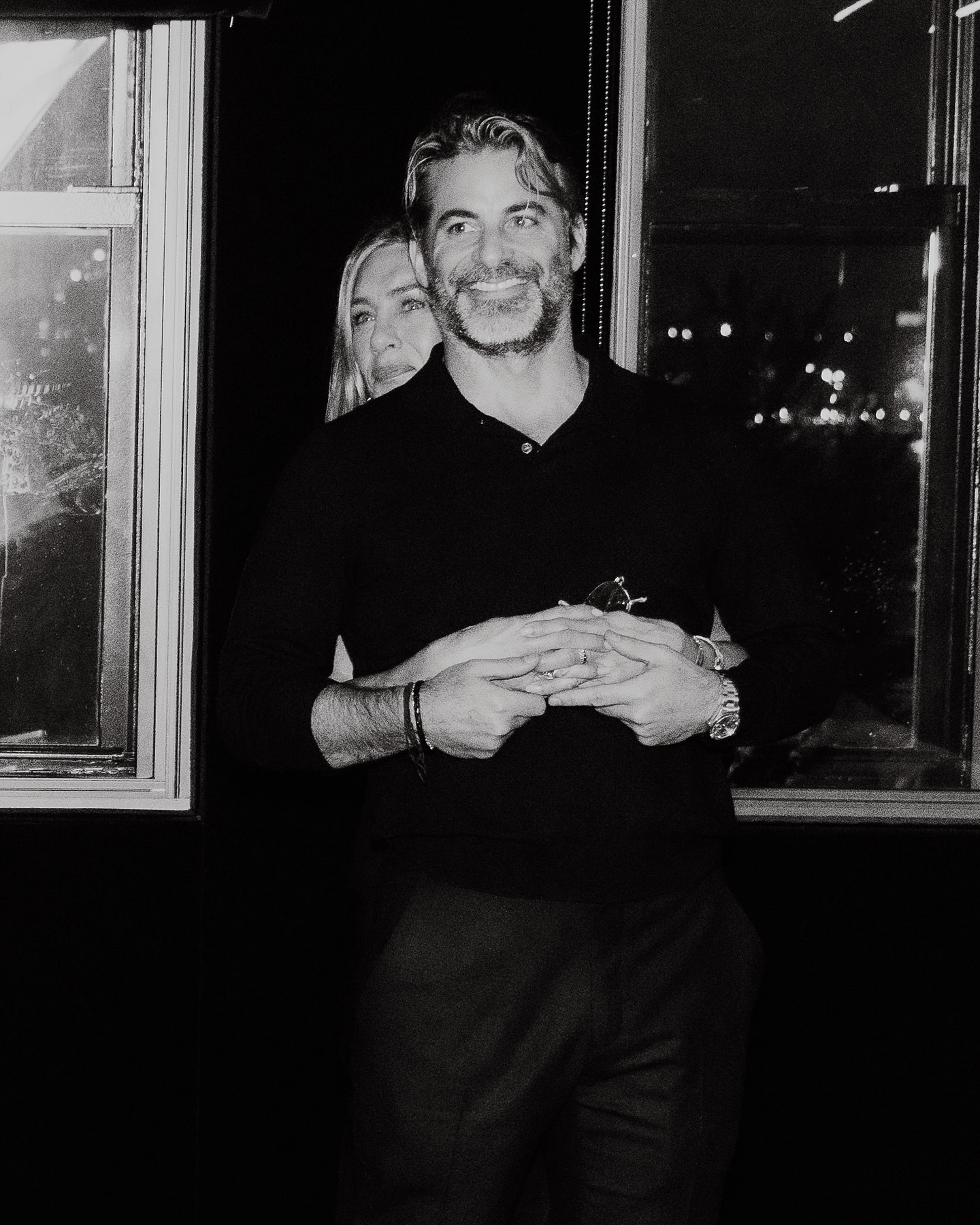Unveiling the Disturbing Reality of an Alleged 'Gone Girl' Case in 'American Nightmare' | Vanity Fair

Written by Eve Batey
In 2015, a California resident, Aaron Quinn, reported a bizarre kidnapping incident. He informed the police that his girlfriend, Denise Huskins, was abducted from his Vallejo home by attackers in wet suits equipped with high-tech surveillance equipment and who left ransom demands. Despite the far-fetched story and an ongoing relationship disagreement between the couple, the new Netflix series, "American Nightmare," from the makers of "The Tinder Swindler," challenges the viewer's presumptions and seeks to reveal the truth.
At the conclusion of the first episode, Bernadette Higgins, the series' co-creator, states that everyone believes they know the case's conclusion. Traditional crime thriller tropes would have audiences believe that Huskins fell victim to Quinn. This presumption is shattered when Huskins resurfaces two days later over 400 miles away, leading the Vallejo police to deem the incident a staged event rather than a kidnapping.
In a shocking press conference, a police officer accused Quinn and Huskins of diverting community resources unnecessarily and causing public fear. This assertion led the media to compare the incident to the film "Gone Girl," in which a dejected wife fakes her own kidnapping. Consequently, police and prosecutors aimed to gather evidence to charge Huskins for the claimed elaborate hoax.
This situation itself provides the perfect narrative for a true crime documentary. Moreover, the majority of those who are aware of this case through headlines still perceive Huskins and Quinn as the culprits.
However, four months after the incident, Matthew Muller was implicated in Huskins’s kidnapping. As the investigators turned their attention towards him, they eventually confirmed Huskins's version of events.
The documentary's co-creators, Higgins and Felicity Morris, allow the plot twists to unfurl in real-time primarily through interviews with Huskins and Quinn, making for an engaging viewing experience. Notably, the enthralling storytelling also pushes viewers to face their internal biases.
Higgins highlights that both the police and FBI had predetermined notions during their interrogations. Reflecting on the disrespectful behavior exhibited by the Vallejo detectives towards Quinn and Huskins can prove to be a revelation for the audience. The documentary suggests that like law enforcement and the media, viewers also immediately draw unfair and inaccurately informed conclusions.
Regrettably, Vallejo police and the FBI declined to partake in the "American Nightmare" documentary. Their contributions would have provided an opportunity for the agencies to acknowledge their errors and the potential for growth from this incident. But this form of engagement is rare in high-profile true crime stories that end in convictions.
Higgins expressed disappointment at their refusal, believing that offering them a chance for rebuttal was particularly crucial considering their unfavorable depiction. Despite reaching out to them, no response was received from the Vallejo Police.
American Nightmare’s approach with Muller is also atypical. As viewers, we’re trained to expect a detour into a suspect’s backstory or motives, but there’s none of that here. Muller, who was sentenced to 31 years in prison for admittedly raping Huskins in addition to a 40-year sentence for kidnapping her, was the subject of an award-winning and arguably sympathetic portrait in 2022. Morris and Higgins took the opposite approach.
“It was important to us to not focus on Matthew Muller,” says Morris, listing ways other docuseries commonly focus on the suspect in a crime. They didn’t want to “have a psychologist in to talk about his mental health,” for example. (Initial court documents said Muller had been diagnosed with bipolar disorder.) “We could have approached him in prison and requested an interview,” she continues, “but we did not want to give him any airtime whatsoever in this series.
“Predators like Matthew Muller, they want that notoriety. They want people to be talking about them. They want their crimes to be spoken about in newspapers and in articles. And that is not what Bernie and I are interested in as filmmakers in the slightest.”
Instead, the filmmakers hope that American Nightmare will replace the Gone Girl headlines to become the definitive telling of Huskins and Quinn’s experience. They also hope the lessons within it can be applied to other cases. “This was an extraordinary case in which the police jumped to such a ridiculous assumption based on absolutely nothing,” Higgins says. But there are many more “ordinary” cases in which entrenched law-enforcement bias means a suspect goes free.
“Denise and Aaron felt there was nowhere for them to turn,” Higgins says. “They did everything right, you know: They went to the police, they gave all their information, they kept their powder dry. And still they were in this situation. They’re very conscious that if this could happen to them, it could happen to anyone.”




